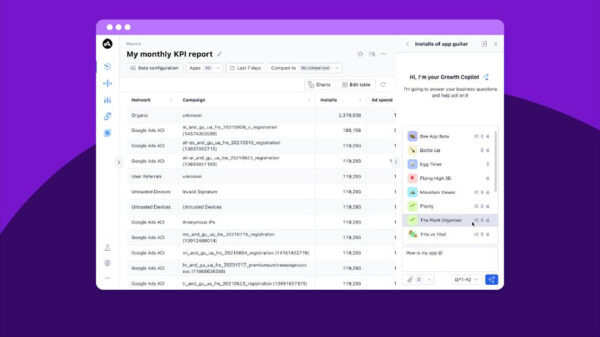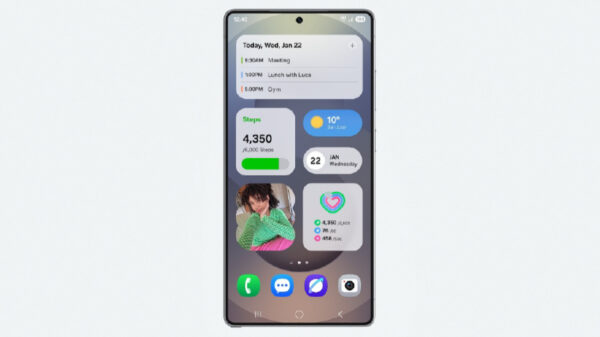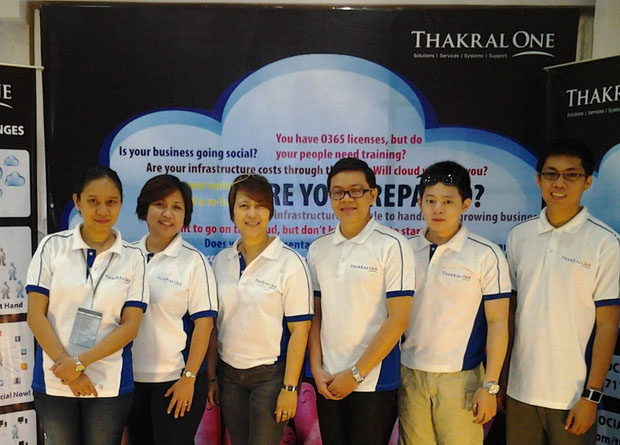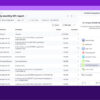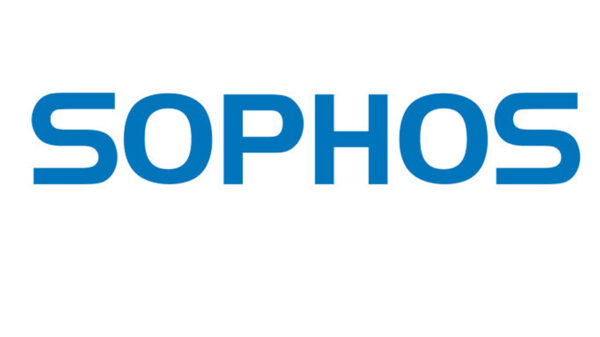Smart Communications, Inc. (Smart) reiterates its warning to the public to be wary of unsolicited SMS messages that contain links, as investigations have shown that these are sent by scammers through the use of ‘fake cell towers’. The PLDT wireless unit is also calling on customers to report these messages to Smart’s HULISCAM portal for further action.
“We urge all our customers to #BeCyberSmart and continue to be vigilant against SMS scams. They can report these incidents to this address: https://smart.com.ph/huliscam, they simply need to take note of the sender’s mobile number or any alphanumeric characters if it is shown, the date when the message was received, the actual message, and the location where the message was received. We actively investigate these messages and permanently block those we find to be fraudulent,” according to Attorney Roy Ibay, Vice President and Head of Regulatory Affairs at Smart.
Using ‘fake cell towers’, scammers are able to bypass telco networks to send SMS directly to mobile users, and can even use legitimate company names as the sender name.
“When a person’s mobile phone unwittingly comes close to or within a certain radius of these machines that masquerade as cell towers, these machines are able to record or capture the mobile phone’s unique ID called IMSI, or international mobile subscriber identity. Once the machine has caught your mobile phone’s IMSI, scammers become able to push messages directly to your mobile phone without having to go through your cellular network,” said Atty. Ibay.
Additionally, these fake cell towers can also create and use fake or masked message sender names or numbers, further deceiving subscribers into thinking that the SMS is coming from legitimate companies.
“We are actively collaborating with the National Telecommunications Commission and the Cybercrime Investigation and Coordinating Center to ramp up efforts to clamp down the illegal use and importation of these fake cell towers. These scammers had to circumvent the network safeguards that we have in place, so they have resorted to these illegal machines to continue victimizing people through phishing and other similar fraudulent activities,” added Atty. Ibay.
Smart has been preventing fraudulent messages from reaching customers, and blocking from its network mobile numbers found to be scammers. In September alone, Smart has prevented more than 200 million SMShing messages from reaching its customers. Over 37,000 mobile numbers found to be involved in illicit activities have also been permanently blocked from the Smart network for the same period.
Here are more ways to #BeCyberSmart and to protect yourself from S.C.A.M.:
S is for ‘Suspicious’. Never answer calls or respond to messages from unverified or unknown numbers. When in doubt, call the person. You may also visit the official online pages of your bank or telco provider to verify the latest advisories.
C is for ‘Clickbait’. Text scams often bait victims with too-good-to-be-true offers or prize winnings, urging them to click the link to avail of the limited-time offer.
A is for ‘Alarming’. Scammers create a sense of fear or dread to prod potential victims into visiting phishing domains and share sensitive information.
M stands for ‘Malicious’. Text scams or emails are often accompanied by a link that leads to a phishing website. Smart does not send messages with links.
Other than Smart’s HULISCAM portal, customers may also report cyber threats and fraudulent activities to Smart’s verified and official social media pages – Smart Communications on Facebook and @SmartCares on X — or call hotline *888.


